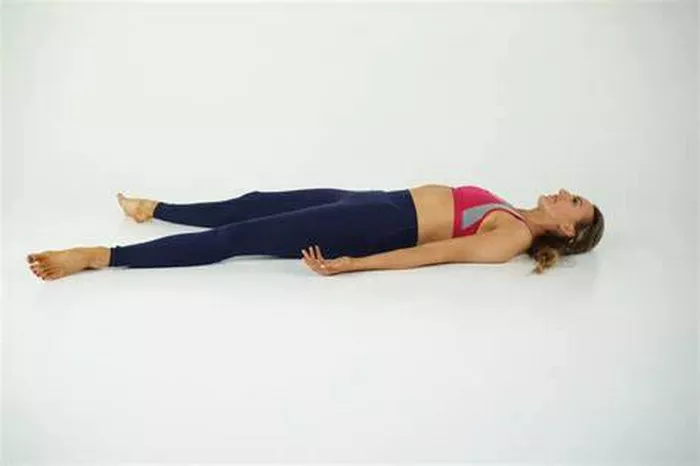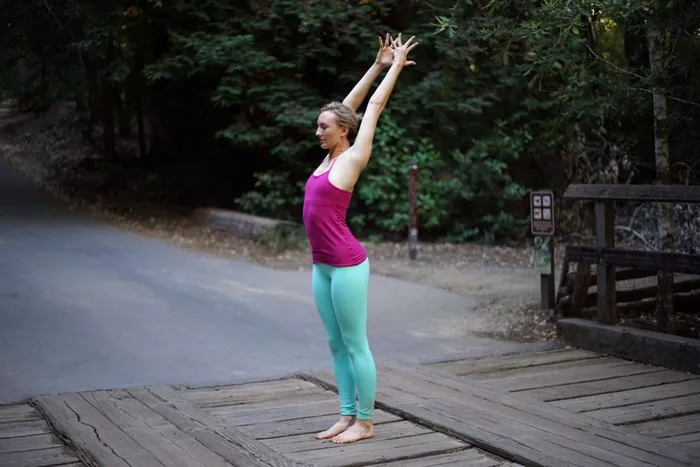In the hustle and bustle of modern life, finding moments of true rest can seem like a luxury. However, prioritizing rest is crucial for our overall well-being. Yoga, an ancient practice that harmonizes the body, mind, and spirit, offers a multitude of poses specifically designed to promote relaxation and better sleep. In this article, we’ll explore seven of the best yoga poses to help you get better rest, allowing you to unwind, release tension, and prepare for a rejuvenating night’s sleep.
1. Child’s Pose (Balasana)
Child’s Pose is a gentle resting posture that stretches the back, hips, thighs, and ankles while calming the mind. To practice Balasana, begin by kneeling on the mat with your big toes touching and knees hip-width apart. Slowly lower your torso forward, allowing your forehead to rest on the mat and extending your arms in front of you or alongside your body. Close your eyes, breathe deeply, and surrender any tension you may be holding. Stay in this pose for 3-5 minutes, focusing on your breath and allowing your body to soften with each exhale.
2. Legs-Up-the-Wall Pose (Viparita Karani)
Viparita Karani is a restorative inversion pose that promotes relaxation and helps alleviate stress and fatigue. To practice this pose, sit close to a wall with one hip touching it. Lie down on your back and extend your legs up the wall, creating an L-shape with your body. You can place a folded blanket or bolster under your hips for support if needed. Close your eyes, soften your breath, and allow gravity to gently release tension from your legs and lower back. Stay in this pose for 5-10 minutes, focusing on deep belly breathing to activate the body’s relaxation response.
3. Corpse Pose (Savasana)
Savasana, also known as Corpse Pose, is often considered the most important and challenging yoga pose due to its emphasis on complete relaxation. To practice Savasana, lie down on your back with your legs extended and feet falling open, arms resting alongside your body with palms facing up. Close your eyes and allow your entire body to relax, releasing any muscular tension or mental chatter. Focus on the sensation of your breath moving in and out of your body, and let go of any thoughts or distractions. Stay in Savasana for 5-10 minutes, allowing yourself to sink deeper into a state of profound rest and rejuvenation.
4. Reclining Bound Angle Pose (Supta Baddha Konasana)
Supta Baddha Konasana is a deeply relaxing pose that opens the hips and groin while calming the nervous system. To practice this pose, lie down on your back and bend your knees, bringing the soles of your feet together and allowing your knees to fall open to the sides. You can place blocks or folded blankets under your knees for support if needed. Close your eyes, relax your arms alongside your body, and focus on deepening your breath into the lower belly. Stay in Reclining Bound Angle Pose for 3-5 minutes, surrendering to the sensation of openness and release in the hips and pelvis.
5. Seated Forward Bend (Paschimottanasana)
Paschimottanasana is a calming forward fold that stretches the entire back body, including the spine, hamstrings, and calves, while calming the mind and soothing the nervous system. To practice this pose, sit on the mat with your legs extended in front of you and feet flexed. Inhale to lengthen your spine, then exhale to hinge at the hips and fold forward over your legs, reaching for your feet or shins. Allow your head to relax, and avoid straining or forcing the stretch. Close your eyes, breathe deeply, and surrender to the pose, letting go of any tension in the body or mind. Stay in Seated Forward Bend for 3-5 minutes, focusing on slow, steady breaths to deepen the stretch and promote relaxation.
6. Supine Spinal Twist (Supta Matsyendrasana)
Supta Matsyendrasana is a gentle twisting pose that releases tension in the spine, hips, and lower back, while promoting relaxation and improved digestion. To practice this pose, lie down on your back and hug your knees into your chest. Extend your arms out to the sides in a T-shape, palms facing down. Exhale as you slowly lower your knees to the right, keeping both shoulders grounded on the mat. Turn your head to the left and gaze over your left shoulder, allowing the twist to deepen with each exhale. Close your eyes, relax into the pose, and focus on the sensation of the twist unraveling tension in the spine. Stay in Supine Spinal Twist for 3-5 breaths on each side, alternating sides as needed.
7. Standing Forward Bend (Uttanasana)
Uttanasana is a calming forward fold that stretches the entire back body, releases tension in the spine and neck, and calms the mind. To practice this pose, stand with your feet hip-width apart and hinge forward at the hips, allowing your torso to fold over your legs. You can bend your knees slightly if needed to maintain a straight spine. Let your head hang heavy and relax your neck and shoulders. You can hold onto opposite elbows or place your hands on the mat in front of you. Close your eyes, breathe deeply, and surrender to the pose, feeling the release of tension with each exhale. Stay in Standing Forward Bend for 3-5 breaths, allowing gravity to gently deepen the stretch.
Conclusion
Incorporating these seven yoga poses into your bedtime routine can help you unwind, release tension, and prepare your body and mind for a restful night’s sleep. Remember to listen to your body and modify the poses as needed to suit your individual needs and abilities. By dedicating time to cultivate relaxation and better rest, you can enhance your overall well-being and wake up feeling refreshed, rejuvenated, and ready to embrace the day ahead.























